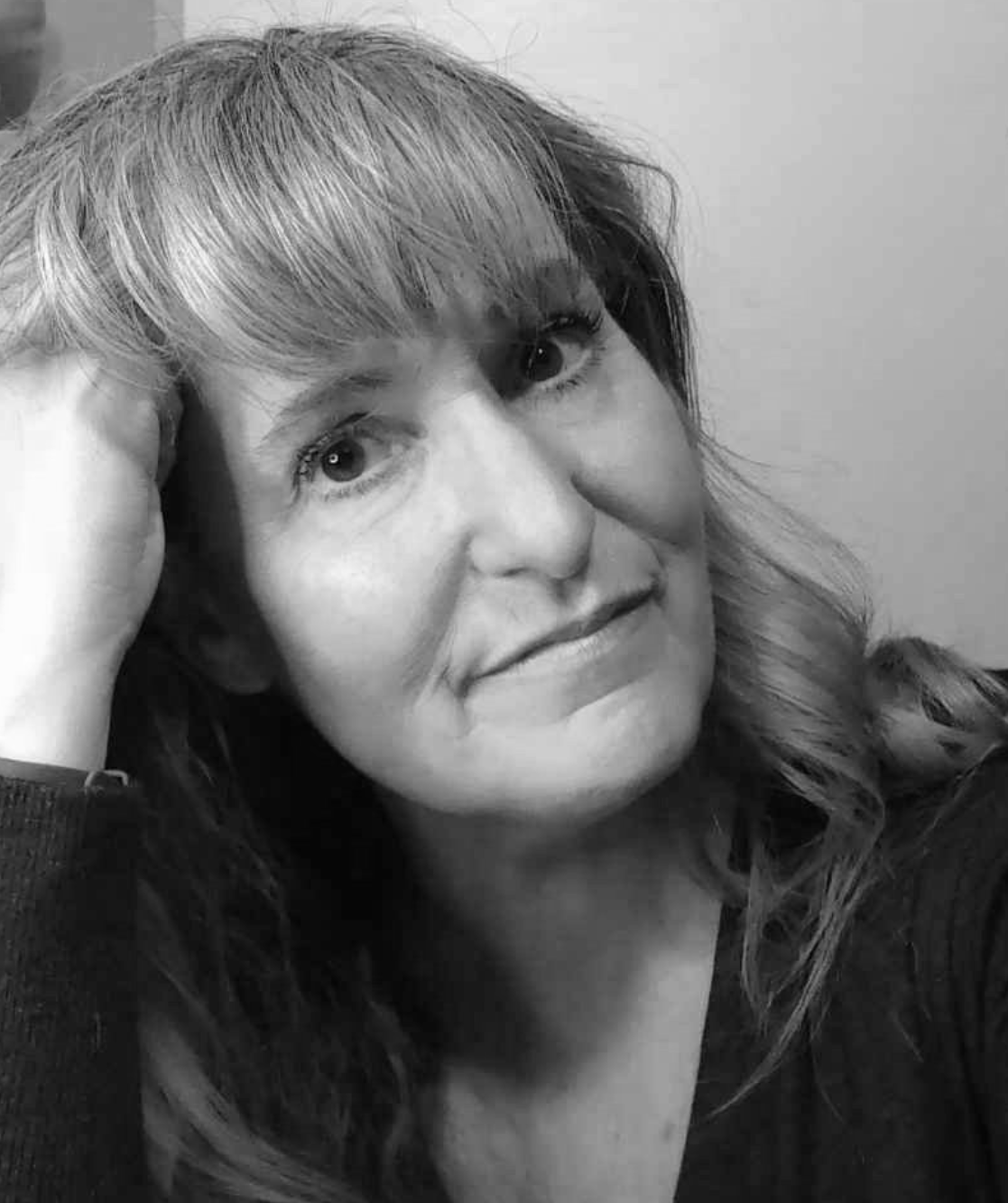
Have you ever wondered what really happens in a coaching session?
Coaching can sometimes feel mysterious from the outside. You might imagine advice, homework, pep talks—or maybe you’re not sure what to expect at all.
Today, I want to bring you inside one of my sessions. To let you sit in the room with me, moment by moment, as we navigate the space between overwhelm and clarity.
Come with me for these 40 minutes. See what it feels like to stand with someone in their storm—and to watch the winds begin to calm.
She walked into my office with that polished look high-achievers wear so well—tired, but composed.
“It’s just work stuff,” she said with a half-smile, a dismissive wave. “Nothing I can’t handle.”
But as she sat down and began describing the day—a meeting that went sideways, a subtle jab from a colleague, the weight of an overflowing inbox—her calm began to crack.
Her voice sped up. Her words looped back. Her shoulders hunched.
“I don’t even know why I’m this upset,” she said, glancing down, twisting the hem of her sleeve.
And I watched as it unfolded:
The storm rolling in.
Not all at once, but steadily.
Her breathing shallowed. Her gaze blurred. The story swept her up, each word pulling her deeper into the swirl of frustration, guilt, exhaustion, and pressure she couldn’t untangle.
“I don’t know what I’m feeling,” she whispered. “It’s just… too much.”
I didn’t need to fix it. I needed to see it.
I watched the shift happen—the way her polished composure gave way to the quiet unraveling underneath.
At first, her words were clear, rehearsed—a tight, logical narrative, leaning heavily on visual language. “I see what needs to happen.” “It looked like everything was under control.”
But as she recounted the meeting, her sentences started to loop and blur. Her tense shifted. Her verbs softened. “I thought I had it handled” became “I guess I should’ve known.”
Her statements turned inward, from external facts to self-judgments. “They didn’t back me up” gave way to “Maybe I wasn’t clear enough. Maybe it’s my fault.”
Her voice softened, losing conviction. Her shoulders folded inward. Her gestures, once purposeful, fluttered half-finished in her lap.
I noticed her eye movements too: glancing down and to the right—dropping into internal dialogue. Then flicking up, scanning—a scramble for clarity that wasn’t coming.
Even her breathing betrayed the shift: shallow, uneven, rising into her chest.
Each cue told me: she wasn’t just telling a story. She was reliving it, pulled back into the emotional map of that moment. Her nervous system reacting in real time.
And in that space, I knew: the story had taken over.
The feelings inside it—unspoken, unnamed—were now running the narrative.
She didn’t need solutions yet.
She needed someone to hold up a mirror to the pattern, gently and without judgment.
To witness her, fully, until she could witness herself.
Staying with her in the storm.
I stayed quiet. I let her words pour out.
Because beneath what she was saying… was everything she wasn’t.
I could see it in the way her eyes darted away when the story veered into harder moments. I could hear it in the tightness of her voice. I could feel the weight in the air between us, heavy as a held breath.
Her story wasn’t just about work.
It was about trying so hard, for so long, and still feeling invisible.
And with every dismissive phrase—“It wasn’t that bad.” “I’m probably overreacting.” “They didn’t mean it.”—the storm pressed closer.
Not because she didn’t know what she was feeling.
But because she was talking herself out of knowing.
Naming the winds. Calming the storm.
I waited for her to lift her gaze.
When she finally looked up, her eyes were glassy but steady—like she was asking, without words, “Can you help me carry this?”
I leaned forward, softened my voice.
“You’ve been holding so much,” I said gently. “What’s shifting for you, saying it out loud?”
She paused, breathing slower. “It still feels like a storm… but maybe I’m not being thrown around in it as much.”
I nodded. “That’s powerful awareness. Would it feel helpful to explore what’s swirling inside that storm?”
She hesitated, then nodded. “Yeah… I think I need to.”
I stayed quiet for a beat, then asked softly:
“If one piece of the storm had a name… what might it be?”
“…Tired,” she said. “I’m so tired.”
We sat with that name. Let it be true.
“And if another piece had a name?” I invited.
She frowned, thinking. “…Frustrated. I’m frustrated no one sees how hard I’m trying.”
“And if there’s one more piece in the storm?” I asked gently.
A tear slid down. “…Lonely. I feel so… alone in this.”
I reflected her words back: “Tired. Frustrated. Lonely.”
And as she heard them aloud, her shoulders dropped. Her breath deepened. The storm slowed.
Her answers were already inside her.
I didn’t tell her what to do next.
Instead, I asked:
“Now that you’ve heard them… what feels like one small step you could take, to honor even one of them?”
She sat quietly, reflecting.
“…I think tonight, I’ll give tired what it’s asking for. I’ll rest. And tomorrow… I’ll text a friend. Someone who really sees me.”
A small, quiet smile formed. “It’s not everything. But it’s something.”
And as she stood to leave, I saw it: a steadier step. A little more distance between her and the storm.
Not because the storm had disappeared.
But because now… she wasn’t standing alone in it.
If you’re standing in your own storm…
Maybe you’ve been calling it “stress.” Or “anxiety.” Or “I’m fine.”
But inside it are winds waiting for their names.
What’s one feeling swirling in your storm right now?
What’s one small thing that feeling might be asking for?
You don’t have to clear the whole sky today.
You just need to name one wind. And take one small step.
And if you’d like someone to stand with you in the storm, I’m here.












